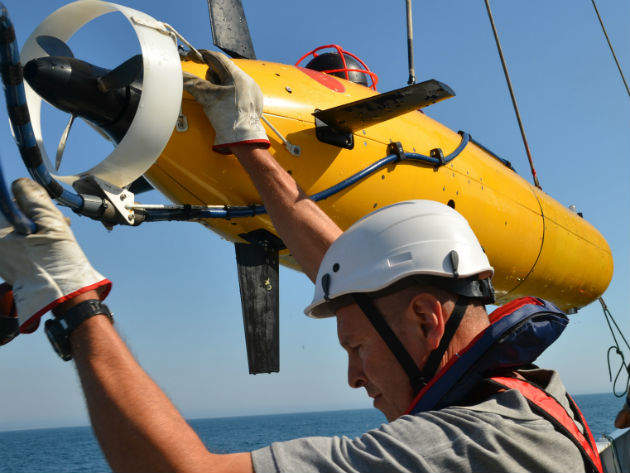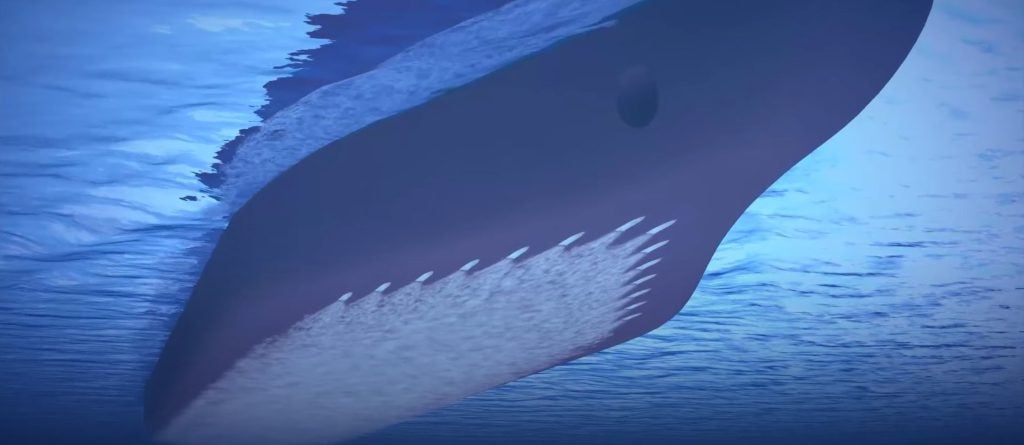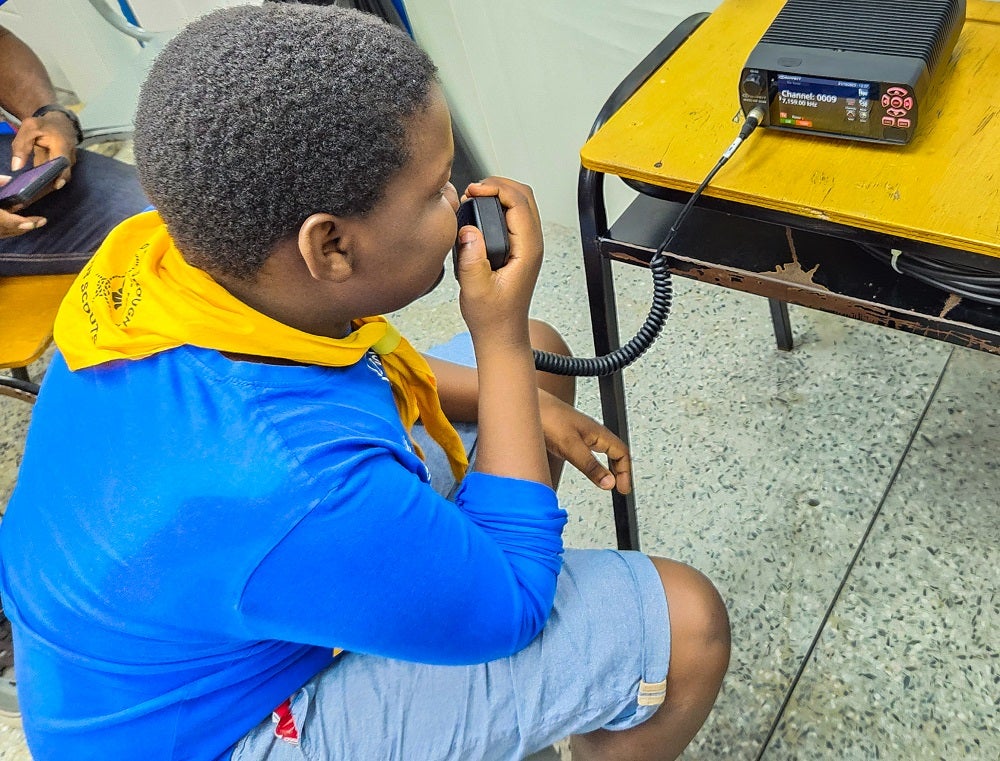

It’s clear from John Potter’s tone that JANUS, named after the Roman god of openings and gateways, is something he and his colleagues have been itching to release unto the world for some time. "The last standard for underwater communications was created around 1949; [it was] an analogue standard,” he explains.
“So, until JANUS, there was no digital protocol that was widely accepted. Every manufacturer of underwater communications devices has generated their own protocol, and that means their devices will only talk to their equipment, which is obviously crazy.”
This lack of any coherent, common method of communication is precisely the gap JANUS has been created to fill. When Potter joined the NATO Science and Technology Organisation’s Centre for Maritime Research and Experimentation (CMRE) as a scientist back in 2009, the project had already been in the works for a couple of years.
Now, it has been approved as a NATO standard and is recognised on an international level, which in theory means that when NATO members undertake operations at sea, they will use equipment that communicates through JANUS.
See Also:
JANUS: the lingua franca for the ocean?
Getting to this point has required plenty of back and forth, however. “The biggest reason it has [taken so long], is that getting a standard is very difficult,” says Potter. “You have dozens of stakeholders, all of whom have ideas and you have to bring them to the table, negotiate, cajole… you need a long-term, diplomatic campaign to get everyone on board.”
How well do you really know your competitors?
Access the most comprehensive Company Profiles on the market, powered by GlobalData. Save hours of research. Gain competitive edge.

Thank you!
Your download email will arrive shortly
Not ready to buy yet? Download a free sample
We are confident about the unique quality of our Company Profiles. However, we want you to make the most beneficial decision for your business, so we offer a free sample that you can download by submitting the below form
By GlobalDataIn very simple terms, JANUS should be thought of as a ‘language’. A useful comparison is to think of how business people from across the globe speak, ordinarily, in English; a common language that enables information, money, ideas to be shared from one time zone and culture to another. JANUS is, or at least could be in the future, an underwater lingua franca.
Potter likens it to other forms of communication, such as the telephone, stating that “the market is really only opened up when there are standards underpinning interoperability.”
He continues: “In the early days of cellular, you had to be careful to buy a phone in the right country; otherwise it wouldn't understand the local networks. You couldn't use cellular phones in countries that operated different systems; the same with a TV, [as there were] different systems in Europe, the US, and so on. All of that is now being cleared up and if you buy a TV you expect it work wherever you take it.
“We have the same issue with underwater communications. We are some decades behind telecoms, partly because the market is smaller and partly because it is a much more difficult environment to communicate in.”
Speaking in April, João Alves, principal scientist and project leader at CMRE, told of how, when using connected devices above water “we can simply connect our gadgets to any WiFi hotspot without having to worry about the compatibility.” Alves added: “Until now, there wasn’t anything even remotely similar for the underwater domain.”
The JANUS formula
Despite being the first of its kind, JANUS is “very simple”, says Potter. It works by maximising backwards compatibility with existing systems. The CMRE’s official website describes it as a way of “encoding information into sound, simple enough that existing and new equipment can be brought into compliance with the standard relatively easily.”
A message from a surface vessel – the connection to land comes through buoys on the surface of the water – is sent in a series of “tones”, says Potter, to hop up and down a frequency scale. “We also encode some redundancy; what is known as two to one coding. Every bit of information you want to send is actually sent twice. The decoder therefore has two chances to get it right.” JANUS also includes an error correction code, so the decoder knows if the message is correct or not.
Testing on JANUS has been ongoing for eight to nine years, although Potter points out that the signalling technology is “well known” and is already used in commercial products. One of the key differences with JANUS is that it will be automated. No longer will it be necessary for someone to relay messages through a microphone to a machine.
Perhaps even more important is the type of message that can be sent. “JANUS can send any kind of information,” Potter says. “Just as a normal analogue telephone can only send voice, whereas a smart phone can send SMS, or images, or Excel sheets, it's exactly the same with JANUS. The digital standard opens up the possibility to send, for example, a surface meteorological picture to a submerged submarine.”
The ‘underwater internet of things’
The potential uses of JANUS go further, however. Harbour protection, maritime surveillance, mine detection, or even underwater archaeology, according to the experts at the CMRE. Also, communicating with distressed submarines; “imagine you had a comms system on a sub that was JANUS enabled and at the press of a red button that would automatically transmit a coded distress signal,” Potter says.
As mentioned earlier, the growth in autonomous underwater vehicles makes the need for such communication more acute, given that the oceans are now becoming more populated.
“It opens the path to the underwater internet of things, or the internet of underwater things,” Potter believes. “It gives unmanned autonomous systems the ability to 'discover' each other and to create ad hoc networks.
“Vehicles might wander into the network and register, exchanging messages, then swim out the other side and disappear and be crossed off the list.” This is similar to how one would go into a coffee shop, open a laptop and connect/disconnect to the local WiFi. For undersea robots, they could join a ‘network’, or ‘team’, and carry out their business.
One concern to contemplate is the impact of acoustic energy on marine life. Potter says he and the CMRE are “very aware” of the need to consider how best to prevent any undue harm. He explains: “In general it's a good idea to restrict acoustic pollution in the ocean as much as we can. JANUS, as far as I am aware, is more efficient, so it actually puts less acoustic pollution in, so in that sense it is an improvement.”
As for the coming weeks, months and years, now that JANUS has been accepted by the 29 NATO countries it moves into an implementation phase. Potter outlines that NATO countries will begin the process of making their systems JANUS compliant, as will manufacturers.
"We are now talking to people and are starting to get excited about including JANUS in international trials for submarine rescue systems,” Potter says. “I expect that you'll see much more on JANUS and then in five to ten years, everyone will take it for granted and forget there was ever a day when it wasn't possible.”







